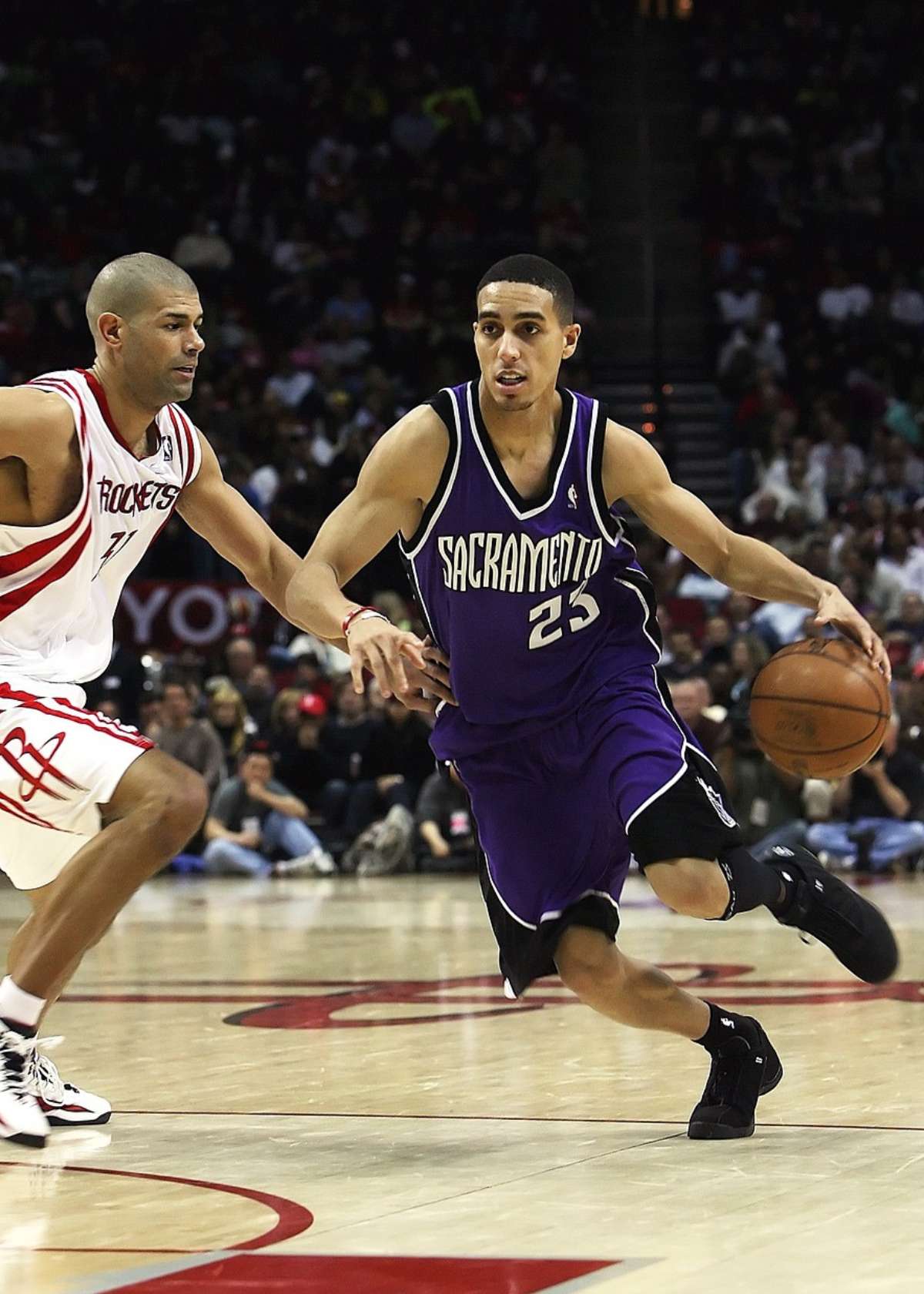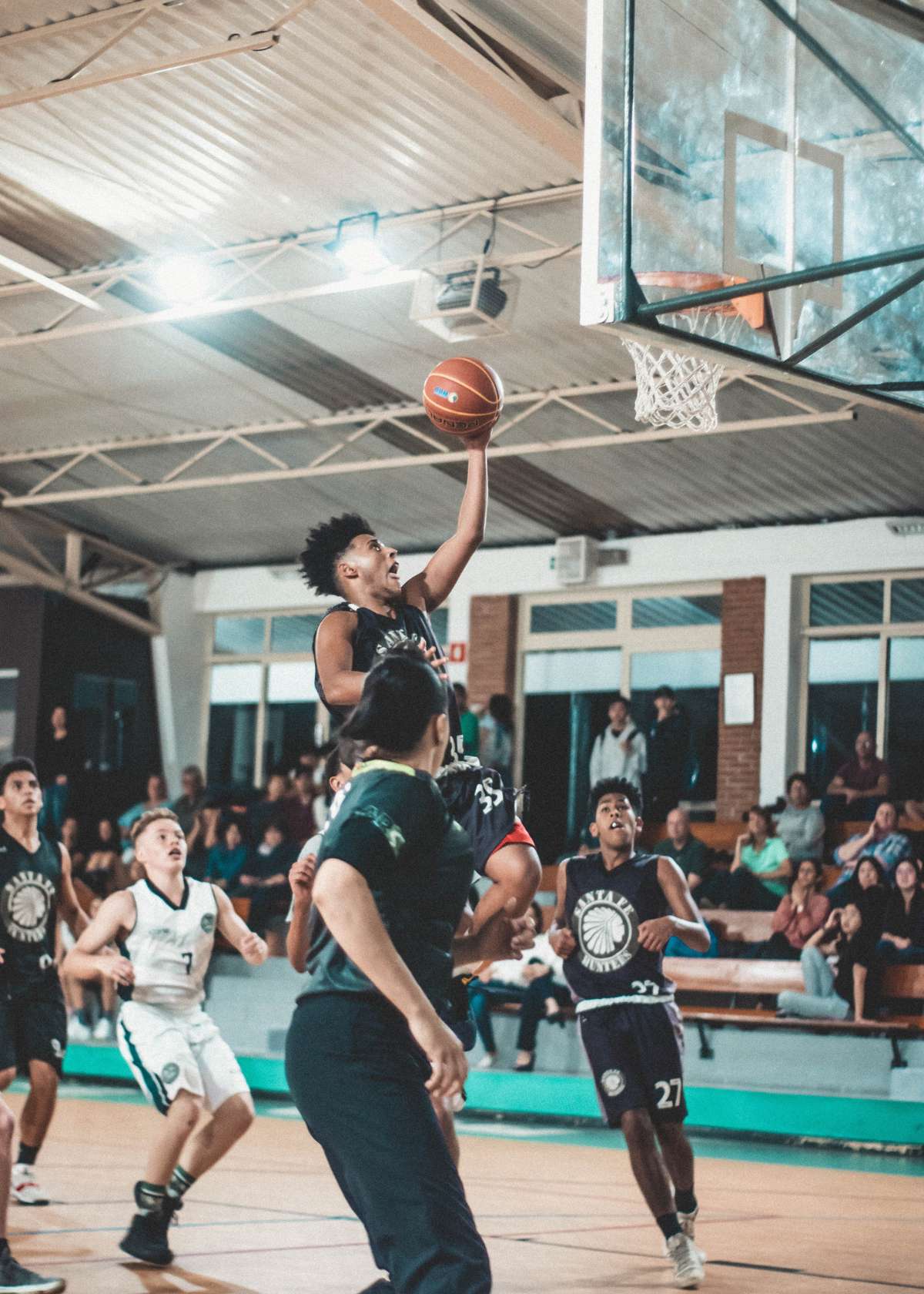Basketball is one of the most beloved sports around the world. The game is fast-paced and requires skill, agility, and stamina. While it seems simple to non-enthusiasts, basketball has several unique rules and terms that make it more exciting and fun for fans.
One such term is TOL, which can be confusing for beginners. In this blog post, we will discuss the meaning, significance, and impact of TOL in basketball.
Whether you're a basketball player, coach, or enthusiast, this post will provide valuable insights into one of the most crucial aspects of the game.
The Acronym TOL in Basketball
TOL stands for Time Outs Left. It is a term used to represent the remaining number of timeouts that each team has during a basketball game. In basketball, there are four quarters, and each team is allowed to have a certain number of timeouts per half.
Understanding TOL: Time Outs Left Defined
TOL stands for Time Outs Left, which refers to the number of timeouts remaining that a team can request in a regulation game. In most basketball games, a coach can call a total of seven timeouts, each lasting from a minute to 75 seconds, depending on the league.
Among these seven time-outs, teams are not allowed to take more than four of them during the fourth period and not more than two in the last three minutes of the fourth quarter, or the whole of overtime.
The TOL is the ultimate tool that a coach has to regulate and manage their team's performance and decide tactical adjustments in the heat of the game.
The Importance of Managing Time Outs Left Effectively
Managing TOL efficiently is crucial in determining the outcome of the game. The coach has to make sure that their team utilizes TOL effectively, and this involves a lot of minute planning tactically.
For example, in an essential game's final minutes, a team in the lead may decide to use their TOL to stop the game temporarily and prevent their opponent from increasing their lead.
Similarly, a team that is behind may use its TOL to strategize and make the required tactical changes for a comeback. In either case, the coach's ability to manage the TOL intelligently can change the course of events in the game's final moments.
Misconceptions About TOL: Clearing Up Confusion
There are a few misconceptions surrounding the TOL, and it's essential to clear up these confusions to understand basketball games better. First, basketball doesn't have a rule where players are allowed to call time-outs as they please.
Even if a team has time-outs remaining, the coach has to call them. Additionally, the TOL doesn't transfer over to overtime periods, meaning any unused TOL in regulation time won't be added to overtime.
Lastly, calling a time-out gives the opposing team a chance to strategize and regroup, so coaches have to be careful in using them.

The Impact of TOL on the Game's Pace and Flow
The TOL system can have a significant impact on a game's pace and flow, influencing how a team works together and reacts to different situations. In end-to-end games with fast breaks, a well-timed TOL can be an ideal opportunity to break a team's momentum and re-strategize.
On the other hand, in tight, closely contested games, TOLs help both teams manage fatigue, take the time to create a solid plan and relieve any pressure that may arise. Accordingly, effective use of TOLs can be game-changing tactical moves depending on the situation.
Notable Games Where TOL Played a Crucial Role
There are several basketball games that highlight the critical role of TOL. One such famous game is the 2013 NBA Finals, where Miami Heat's coach, Erik Spoelstra, called a TOL after San Antonio Spurs' Ray Allen hit a game-saving three-pointer.
The TOL allowed the Miami Heat to re-strategize, focus on their defense, and eventually win the game and the NBA championship. Similarly, the 2008 NCAA Championship game between Kansas and Memphis saw Kansas force overtime after utilizing their TOLs effectively.
The game's flow and momentum changed in Kansas' favor after this tactical move, eventually leading them to win the championship.
How Coaches Utilize TOL for Tactical Adjustments
TOLs allow coaches to make tactical adjustments, giving them the chance to take stock of the situation, motivate their players, or remobilize their defensive strategies. Coaches may use TOLs to make substitutions, remind players of specific plays, or adjust overall team focus.
The TOL is also an opportunity to rest fatigued players and reduce the risk of injuries. Many coaches carry paper notes to document players' tactical errors or adjustments to be made, preventing any confusion, and ensuring efficient utilization of TOLs.
Conclusion:
In conclusion, TOL is a significant factor in basketball that affects the game's pace, flow, and outcome. Understanding TOL can provide a better appreciation of the game's nuances and the role of coaches in managing resources effectively.
It's vital for basketball enthusiasts to know what TOL means, how it works, and its importance in the game of basketball. TOL is a valuable tool for coaches to analyze the course of events, address tactical deficiencies, and make well-timed strategic moves.
By keeping these essential facts in mind, one can enjoy and appreciate basketball games even more.
Who knows? Maybe you could be the one calling the game-winning time-out when it's crucial for your team to win.
Unveil the ultimate basketball gear with our expert picks! Explore the top choices available in the market today.
Discover a world of inspiration and enhance your knowledge with our vast selection of basketball and sports & fitness blogs.

















